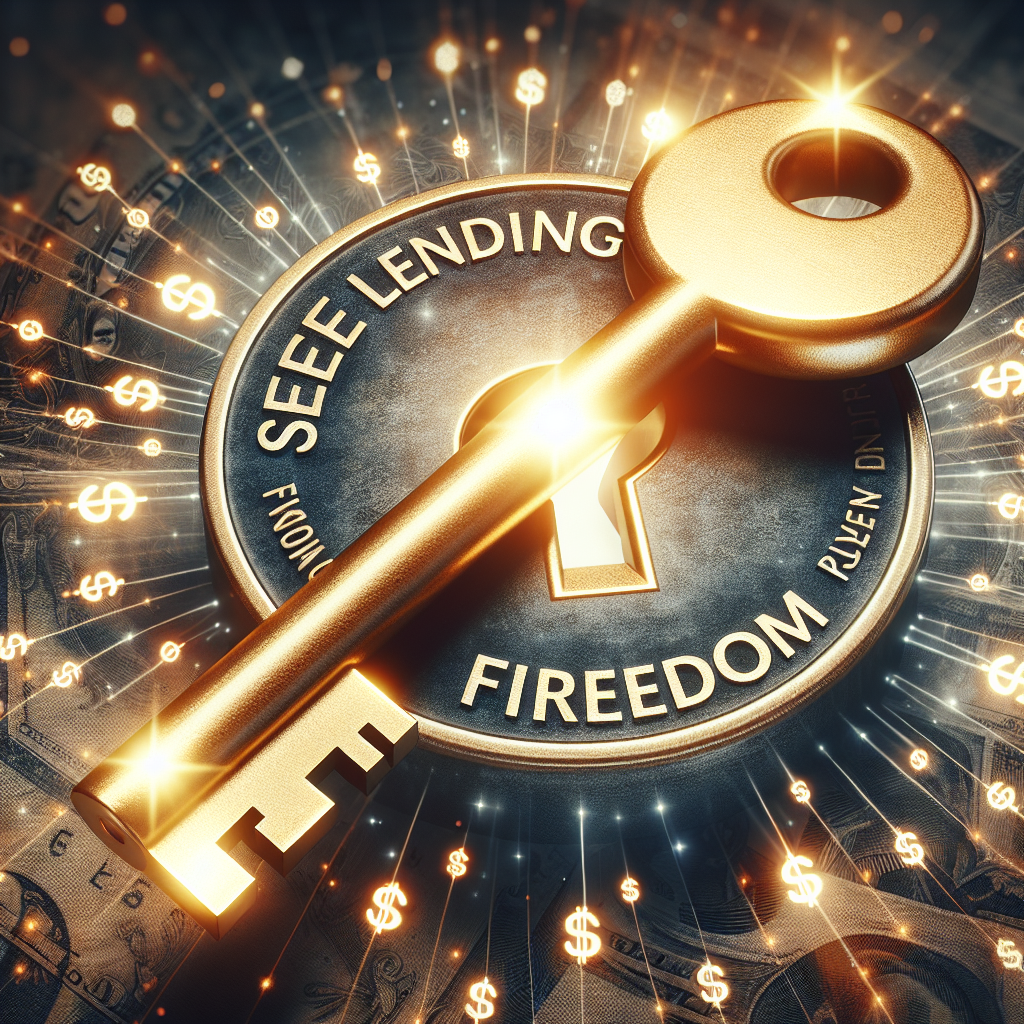Unlock Financial Freedom: The Power of Secure Lending

“Empowering Your Financial Freedom with Trustworthy Lending Solutions.”
Secure Lending refers to the practice of providing loans that are backed by collateral. This type of lending reduces the risk for the lender because if the borrower defaults on the loan, the lender can seize the collateral to recoup their losses. Collateral can be in various forms, such as real estate, vehicles, stocks, bonds, or other valuable assets. Secure Lending is a common practice in both personal and business finance, and it often allows borrowers to obtain loans with more favorable terms, such as lower interest rates, because the risk to the lender is mitigated. It is a critical component of the financial system, enabling individuals and businesses to leverage their assets to access capital.
Ready to unlock the financial support you need with secure lending options? Visit personalloansonlineinstantapproval.com now for instant approval on personal loans tailored to your needs. Act fast to secure your loan today!
The Future of Finance: Innovations in Secure Lending
Secure Lending: The Future of Finance: Innovations in Secure Lending
In the ever-evolving landscape of finance, Secure Lending remains a cornerstone, ensuring that transactions are not only efficient but also safeguarded against a myriad of risks. The future of finance is being shaped by groundbreaking innovations in Secure Lending, which promise to enhance the reliability and accessibility of financial services. As we delve into this transformative era, it is crucial to understand how these advancements are redefining the parameters of lending and borrowing.
Traditionally, lending has been predicated on the ability to assess and mitigate risk. Financial institutions have relied on credit scores, collateral, and extensive documentation to make lending decisions. However, this approach often excludes those without established credit histories or sufficient collateral, creating barriers to financial inclusion. The advent of new technologies is poised to dismantle these barriers, offering more nuanced and inclusive lending models.
One of the most significant innovations in Secure Lending is the integration of blockchain technology. Blockchain’s inherent characteristics of decentralization, transparency, and immutability provide a robust framework for secure transactions. Smart contracts, self-executing contracts with the terms directly written into code, are revolutionizing the lending process. They automate the enforcement of agreements, reducing the need for intermediaries and lowering the potential for fraud. This automation not only streamlines the lending process but also opens doors for real-time verification and tracking of transactions, enhancing security and trust among parties.
Moreover, the application of artificial intelligence (AI) and machine learning in Secure Lending is transforming risk assessment. AI algorithms can analyze vast amounts of data, including non-traditional data points such as utility payments or rental history, to provide a more comprehensive view of a borrower’s creditworthiness. This data-driven approach enables lenders to offer personalized loan products tailored to individual risk profiles, thereby expanding access to credit for underserved populations.
Another area of innovation is peer-to-peer (P2P) lending platforms, which connect borrowers directly with investors. These platforms leverage technology to reduce overhead costs and offer competitive rates, all while maintaining high levels of security. By employing advanced encryption and cybersecurity measures, P2P lending platforms ensure the integrity of transactions and the protection of sensitive personal information.
Furthermore, regulatory technology (RegTech) is playing a pivotal role in Secure Lending by helping financial institutions comply with an increasingly complex regulatory landscape. RegTech solutions use technology to streamline compliance processes, monitor transactions for suspicious activities, and provide real-time reporting. This not only fortifies the lending ecosystem against financial crimes but also instills confidence in both lenders and borrowers that operations are conducted within the bounds of the law.
As we look to the future, it is evident that the convergence of these technologies will continue to shape the Secure Lending space. The focus will increasingly shift towards creating more personalized, efficient, and inclusive lending experiences. Financial institutions that embrace these innovations will be better equipped to meet the evolving needs of their customers, while also maintaining the highest standards of security.
In conclusion, the future of finance is being reimagined through innovations in Secure Lending. By harnessing the power of blockchain, AI, P2P platforms, and RegTech, the lending industry is poised to overcome traditional challenges and unlock new opportunities. These advancements not only promise to enhance the security and efficiency of lending practices but also to democratize access to financial services, fostering a more equitable financial ecosystem for all. As we continue to navigate this transformative journey, it is imperative that we remain vigilant and proactive in adopting these innovations to ensure a secure and prosperous financial future.
Understanding Secure Lending: Best Practices for Borrowers and Lenders

Secure Lending
In the realm of finance, Secure Lending stands as a cornerstone, offering a safeguarded pathway for both borrowers and lenders to engage in credit transactions. This practice involves the provision of loans that are backed by collateral, which serves as a security for the lender against the potential default of the borrower. Understanding the intricacies of Secure Lending is crucial for participants on both sides of the transaction to ensure a mutually beneficial and risk-mitigated engagement.
For borrowers, the journey into Secure Lending begins with the recognition of the need to provide an asset as collateral. This asset could range from real estate to stocks, or even personal property, depending on the loan’s size and purpose. The fundamental advantage for borrowers is the ability to access larger loan amounts or more favorable interest rates, as the risk to the lender is substantially reduced. However, it is imperative for borrowers to conduct thorough due diligence on their financial stability and the value of their collateral. Overestimating one’s ability to repay can lead to the distressing consequence of losing the asset.
On the other side of the equation, lenders must meticulously assess the value of the collateral and the creditworthiness of the borrower. This process, known as underwriting, is pivotal in Secure Lending. Lenders must ensure that the collateral is sufficient to cover the outstanding loan balance in case of default, and that it can be easily liquidated if necessary. Moreover, lenders should maintain a diversified portfolio to spread the risk across various asset classes and borrowers, thereby insulating themselves from concentrated exposure to any single borrower’s default.
Best practices for borrowers include a clear understanding of the loan terms, such as the interest rate, repayment schedule, and any potential fees or penalties for early repayment. Transparency is key, and borrowers should not hesitate to ask for clarification on any aspect of the loan agreement that is not crystal clear. Additionally, borrowers should have a solid repayment plan in place, ideally with a buffer to accommodate unforeseen financial disruptions.
Lenders, in turn, should adhere to regulatory standards and ethical lending practices. This includes providing clear and concise information to borrowers about the terms of the loan and avoiding any predatory lending tactics that could exploit a borrower’s lack of knowledge or desperate need for funds. Furthermore, lenders should regularly review their loan portfolio to monitor the performance of loans and the value of the collateral, adjusting their lending strategies as market conditions evolve.
Both parties must also stay abreast of legal and regulatory changes that could impact Secure Lending practices. This vigilance ensures compliance with laws designed to protect consumers and maintain the integrity of the financial system. For instance, changes in interest rate caps or collateral valuation requirements could significantly affect the terms and viability of secure loans.
In conclusion, Secure Lending is a delicate balance of risk and reward for both borrowers and lenders. By adhering to best practices, such as thorough due diligence, clear communication, and regulatory compliance, participants can navigate the complexities of Secure Lending with confidence. Borrowers can leverage their assets to access necessary funds, while lenders can provide loans with a measure of security, fostering a financial environment where credit can flow responsibly and sustainably.
Secure Lending and Regulatory Compliance: Navigating the Legal Landscape
Secure Lending and Regulatory Compliance: Navigating the Legal Landscape
In the intricate world of finance, Secure Lending stands as a cornerstone of economic stability and growth. It is a practice that not only facilitates the flow of capital but also ensures that the risks associated with lending are mitigated through the collateralization of assets. However, the landscape of Secure Lending is not merely about the exchange of funds and guarantees; it is also deeply entwined with a complex web of regulatory compliance measures designed to uphold the integrity of financial systems and protect the interests of all parties involved.
The legal framework governing Secure Lending is multifaceted, encompassing a range of laws and regulations at both national and international levels. These regulations serve to enforce standards of conduct for lenders, establish criteria for borrower eligibility, and set forth the requirements for the proper documentation and perfection of security interests. As such, navigating this legal terrain requires a thorough understanding of the applicable laws, including but not limited to the Uniform Commercial Code (UCC) in the United States, which standardizes transactions involving personal property, and the Basel Accords, which provide international banking guidelines.
Moreover, the regulatory environment is not static; it evolves in response to economic shifts, technological advancements, and the emergence of new financial products. Consequently, lenders must remain vigilant and adaptable, ensuring that their practices are in alignment with the latest regulatory updates. This dynamic aspect of compliance underscores the importance of continuous education and the implementation of robust compliance programs within lending institutions.
One of the critical aspects of Secure Lending is the assessment and management of risk. Lenders must conduct due diligence to evaluate the creditworthiness of borrowers and the value of the collateral offered. This process is not only a prudent business practice but also a regulatory requirement, as it helps prevent fraud and financial losses that could have broader implications for market stability. In this regard, the role of risk management is twofold: it protects the lender’s interests and contributes to the overall health of the financial system.
Furthermore, the transparency of lending transactions is a key component of regulatory compliance. Lenders are required to disclose terms and conditions of loans, including interest rates, repayment schedules, and any associated fees. This level of disclosure ensures that borrowers are fully informed and can make decisions based on a clear understanding of their obligations. It also serves to prevent predatory lending practices and maintain consumer confidence in financial institutions.
In addition to these considerations, Secure Lending is also affected by anti-money laundering (AML) and counter-terrorism financing (CTF) regulations. Lenders must implement systems to detect and report suspicious activities, as part of a global effort to combat financial crimes. Compliance with AML and CTF regulations is not only a legal obligation but also a moral imperative, as it contributes to the prevention of activities that can have devastating social and economic consequences.
In conclusion, Secure Lending is a practice that requires meticulous attention to regulatory compliance. Lenders must navigate a legal landscape that is both complex and ever-changing, balancing the need to facilitate capital flow with the imperative to maintain financial system integrity. By adhering to regulatory standards, conducting thorough risk assessments, ensuring transparency, and combating financial crimes, lenders can contribute to a stable and trustworthy financial environment. As the legal framework continues to evolve, so too must the strategies and policies of lending institutions, ensuring that they remain at the forefront of secure and responsible lending practices.
Q&A
1. What is Secure Lending?
Secure Lending refers to the provision of loans that are backed by collateral. This means the borrower pledges an asset to the lender as security for the loan, which the lender can seize and sell if the borrower defaults on the loan repayments.
2. What types of assets can be used as collateral in Secure Lending?
Assets commonly used as collateral include real estate, vehicles, equipment, stocks, bonds, and sometimes even inventory or accounts receivable. The type of asset accepted as collateral will depend on the lender’s requirements and the nature of the loan.
3. What are the advantages of Secure Lending for lenders and borrowers?
For lenders, the main advantage is the reduced risk of loss since the loan is backed by collateral. For borrowers, Secure Lending can offer access to larger loan amounts and potentially lower interest rates compared to unsecured loans, as the collateral reduces the lender’s risk.Secure Lending refers to the practice of providing loans that are backed by collateral. This type of lending reduces the risk for lenders because they have an asset to claim if the borrower defaults on the loan. It can offer lower interest rates for borrowers compared to unsecured loans due to the reduced risk. However, it also means that borrowers risk losing their collateral if they fail to repay the loan. Secure Lending is a fundamental aspect of the financial industry, supporting both consumer and business credit markets.



